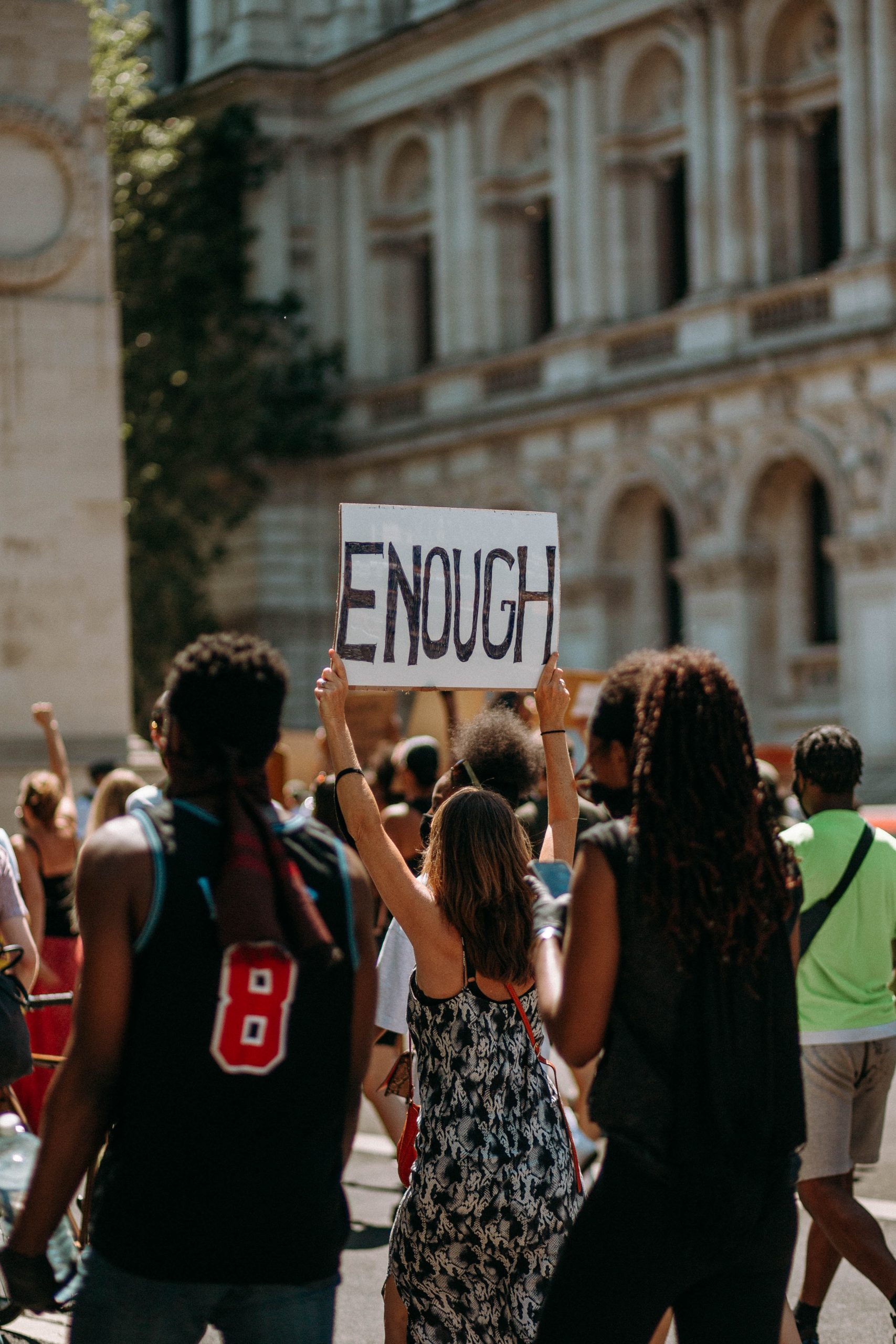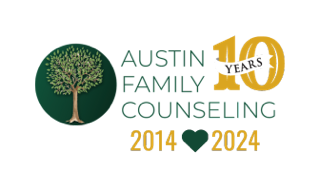Psychotherapeutic training generally includes something called Universality as a healing technique. It stems from Irvin Yalom’s germinal Therapeutic Factors for facilitating group therapy. It basically means that when humans get to hear and witness another human...

This Pathology is Not All Yours… And Why Therapy Must Consider The Cultural Milieu
read more



